Letter recognition Building Vocabulary Worksheets for Ages 3-4
5 filtered results
-
From - To
Discover our engaging Letter Recognition Building Vocabulary Worksheets, specially designed for children aged 3-4. These worksheets make learning fun by incorporating colorful illustrations and interactive activities that help young learners identify and recognize letters while building their vocabulary skills. Each worksheet targets essential early literacy skills, allowing children to enhance their understanding of letters through tracing, matching, and simple word exercises. Perfect for at-home or classroom use, our resources foster a love for reading and language development in a playful, enjoyable way. Give your child the tools they need for a strong foundation in literacy with our effective and stimulating worksheets!
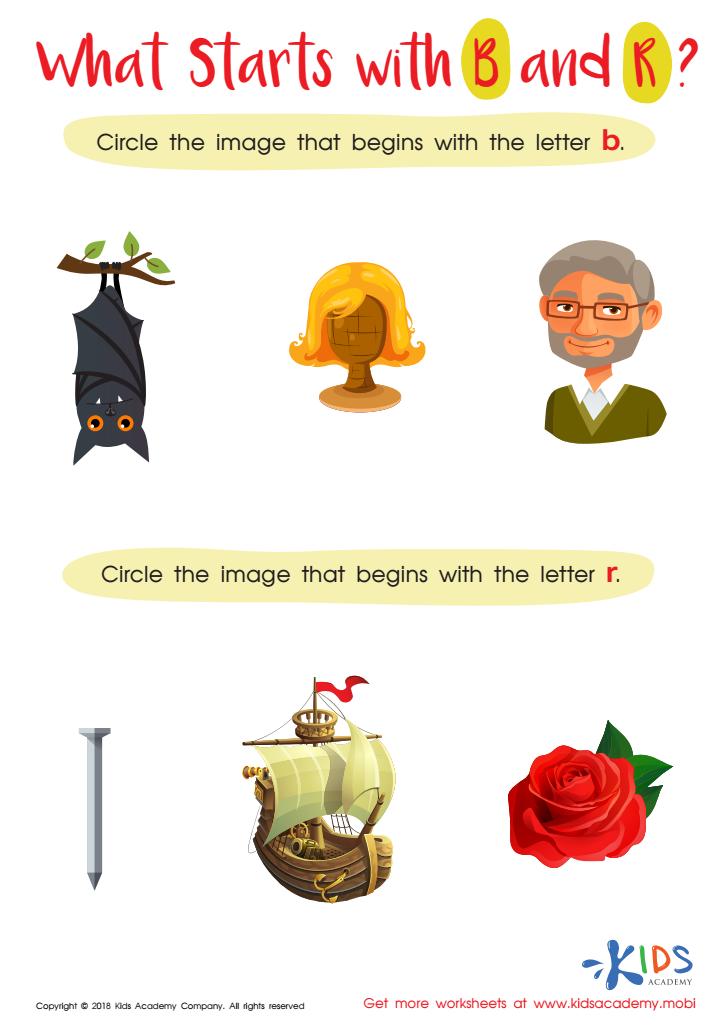

What Starts with B and R? Worksheet
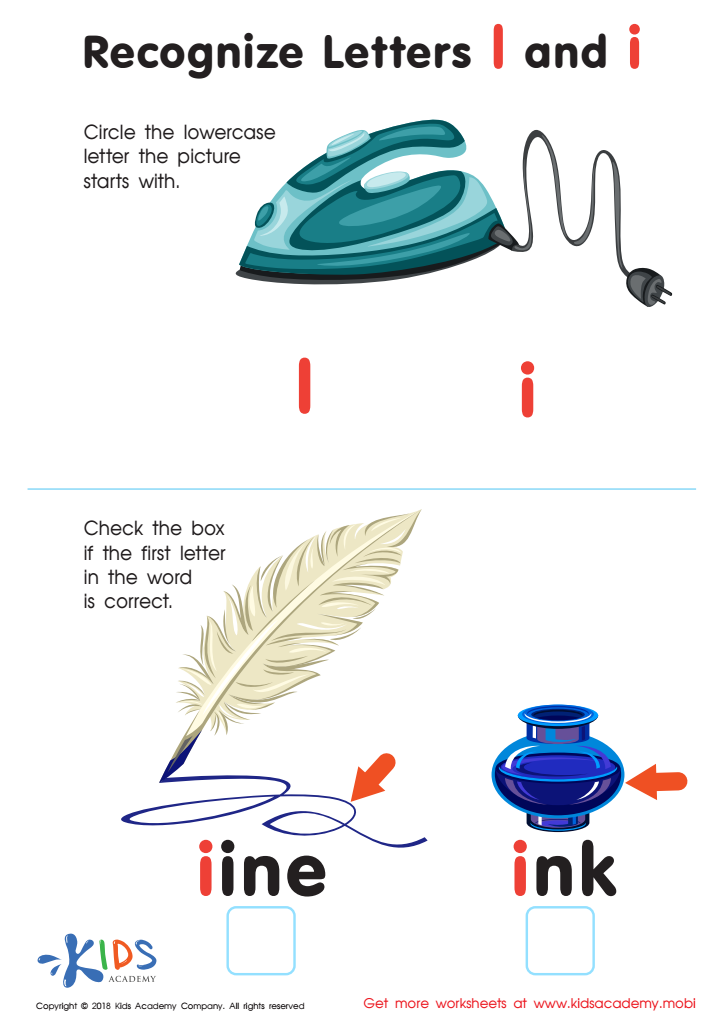

Recognize Letters l and i Worksheet
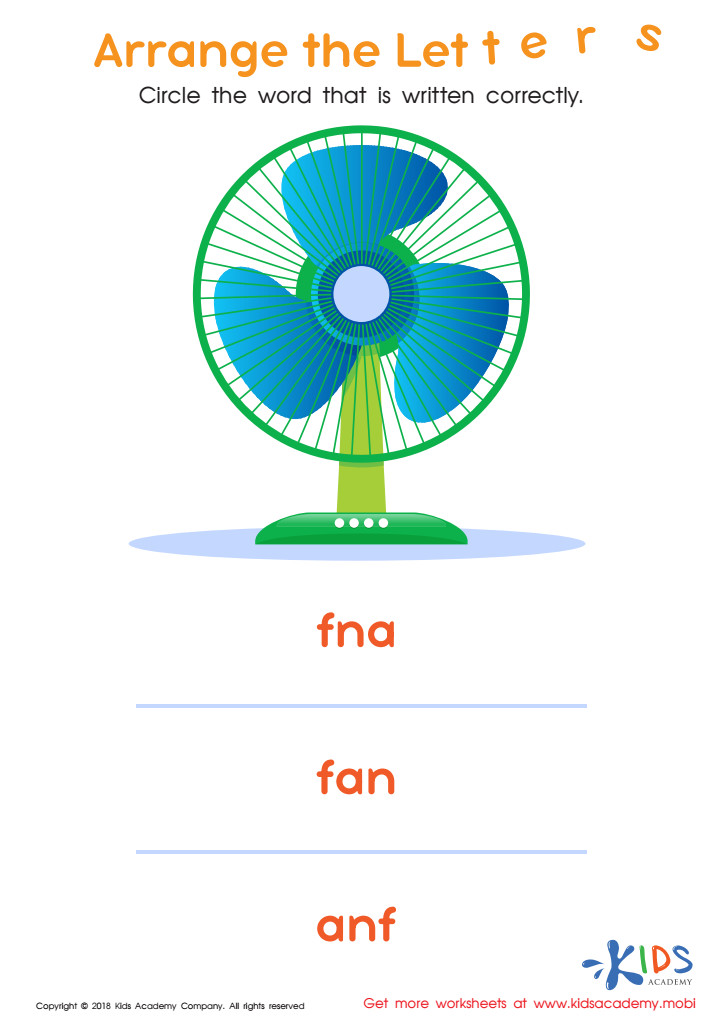

Arrange the Letters Worksheet
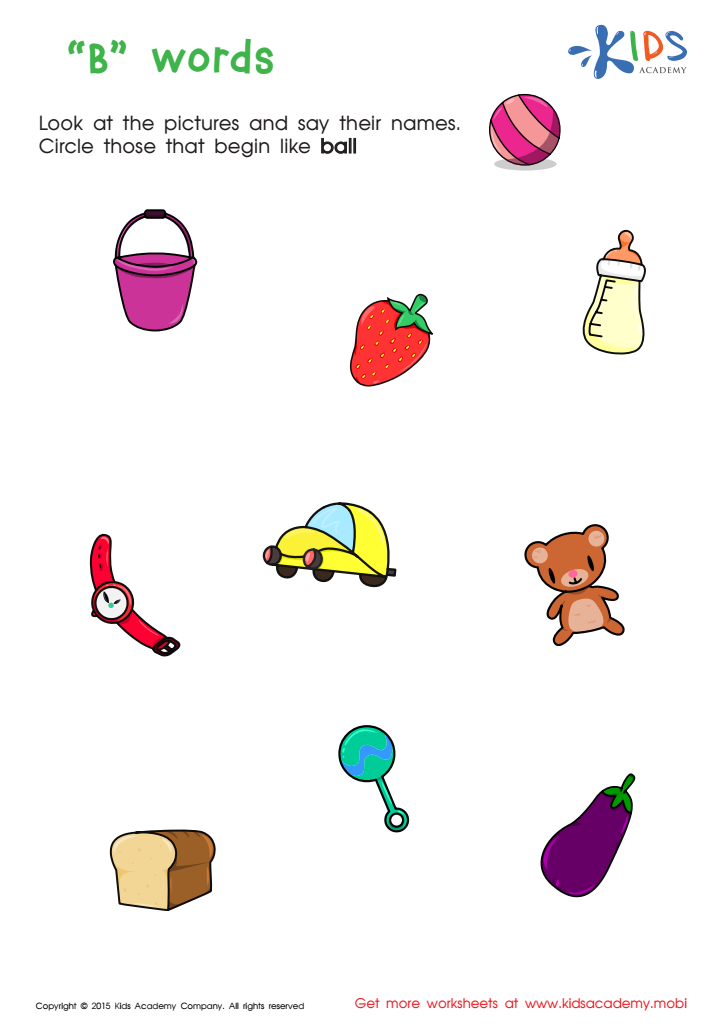

First Words Worksheet
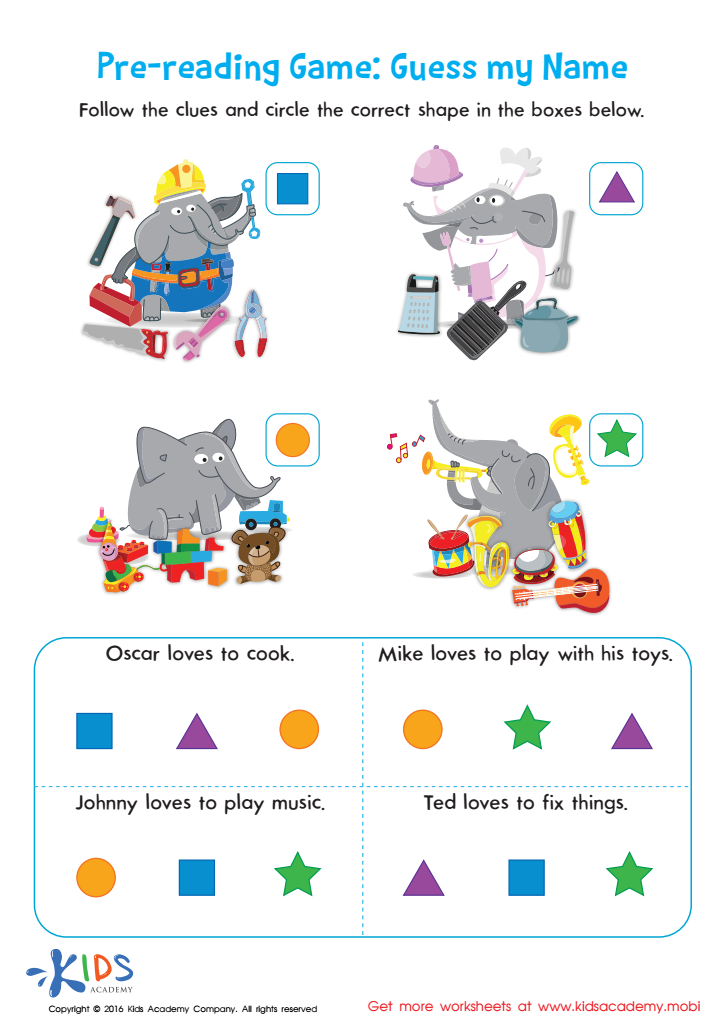

Pre Reading Worksheet Guess My Name
Letter recognition and vocabulary building are crucial developmental skills for children aged 3-4. During these formative years, children's brains are highly receptive to learning, making it an ideal time to introduce them to letters and words. Parents and teachers should prioritize this foundational literacy because it sets the stage for future reading and writing abilities.
By recognizing letters, children learn to identify how letters look, feel, and sound. This skill is instrumental in forming the initial building blocks of reading. Familiarity with letters equips children with the confidence needed to approach reading activities when the time comes. Furthermore, enhancing vocabulary at this age is equally significant. Engaging children in conversations, reading stories, and introducing new words promotes their comprehension and expressive abilities.
Vocabulary expansion is linked to better analytical and cognitive skills, paving the way for academic success. Moreover, clear communication abilities foster successful social interactions and problem-solving skills. By focusing on letter recognition and vocabulary building, parents and teachers play a vital role in nurturing a child's love for language and learning, ensuring they are well-prepared for future educational challenges. Ultimately, investing time in these areas is an investment in a child’s long-term cognitive and emotional development.

 Assign to My Students
Assign to My Students
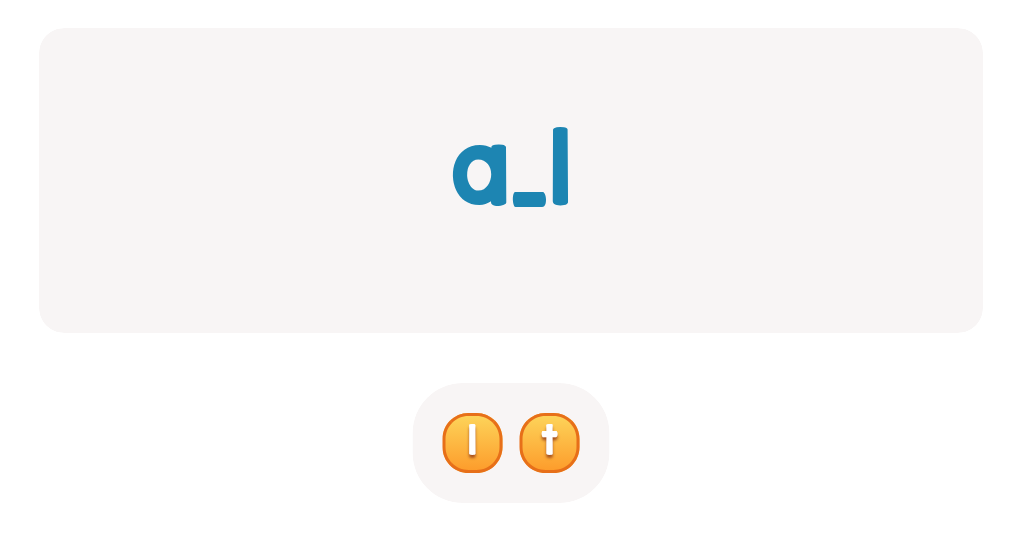

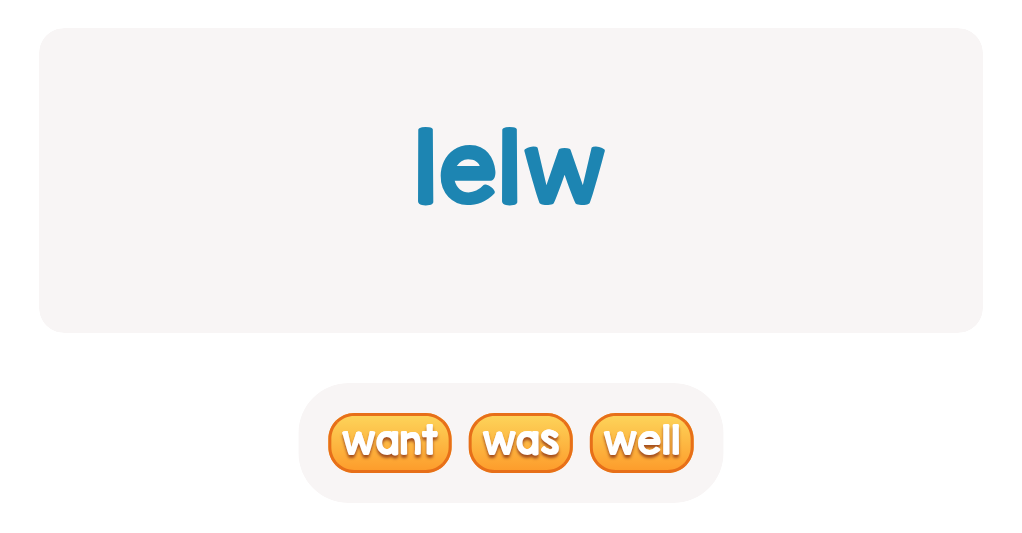
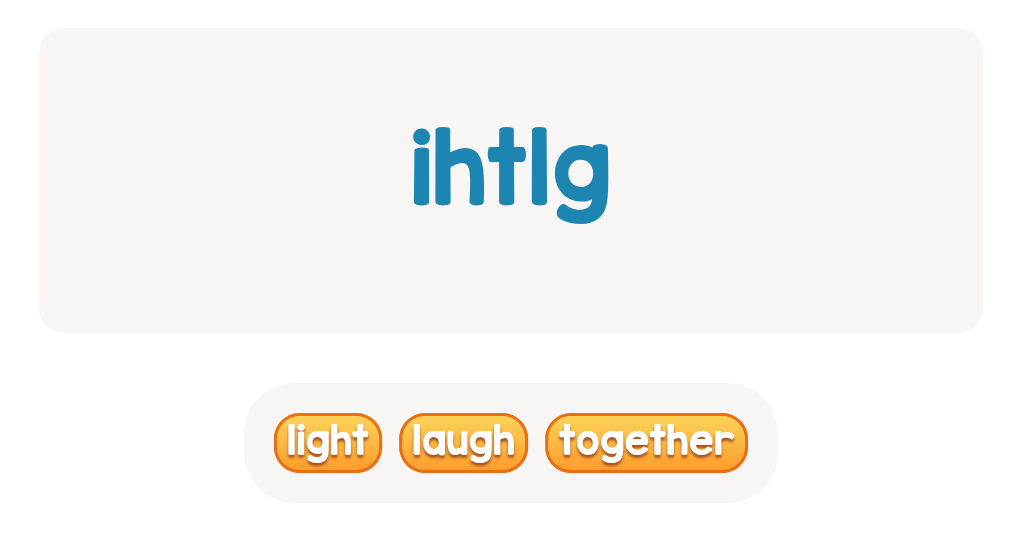
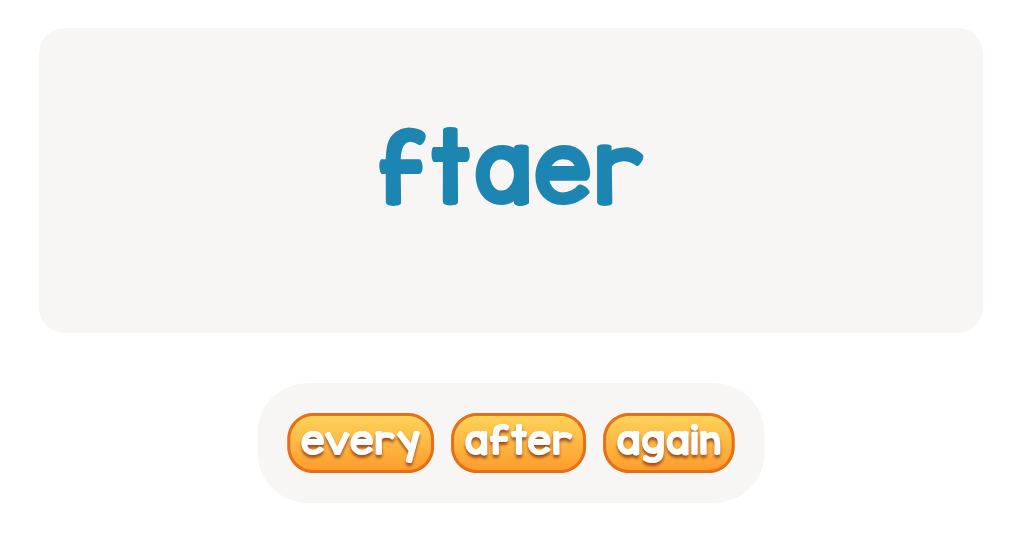
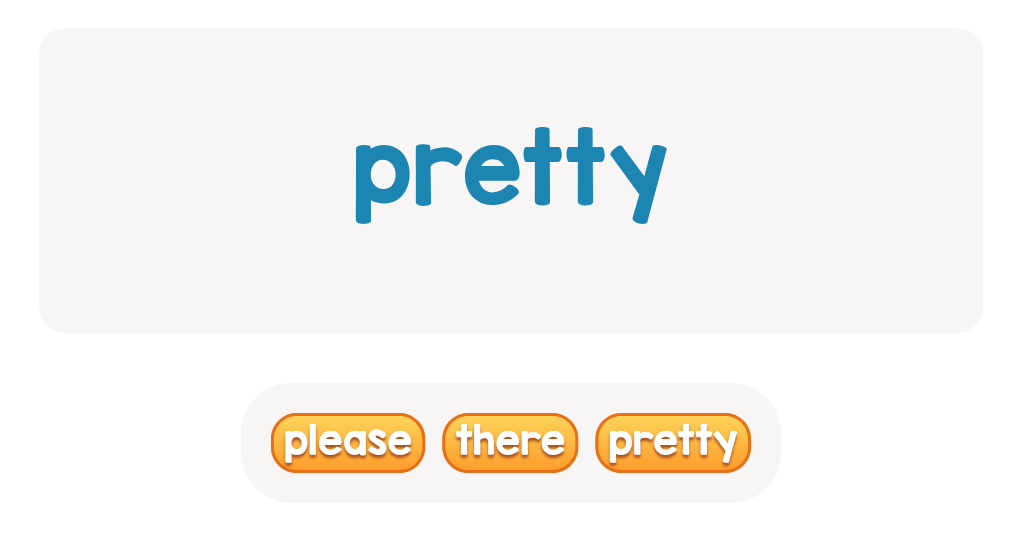
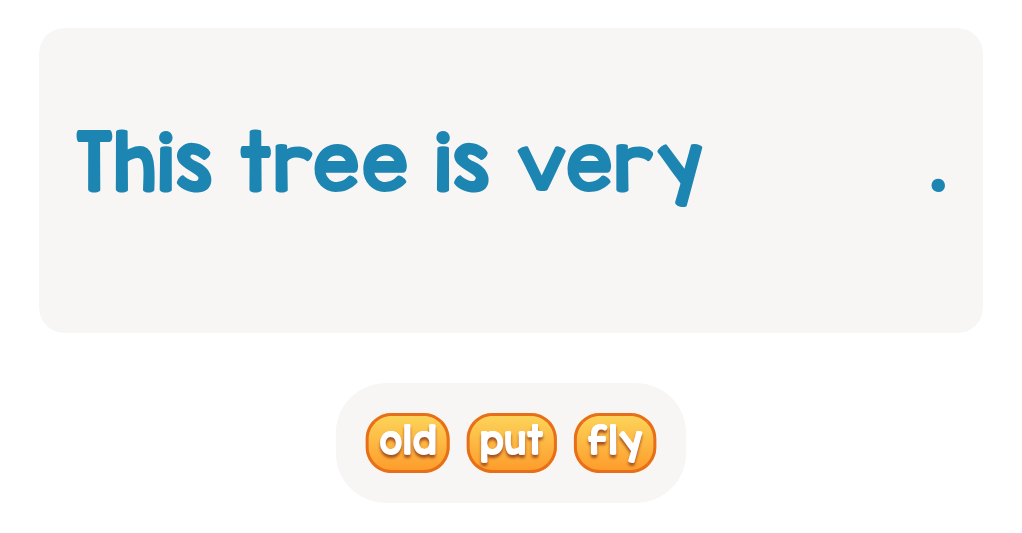
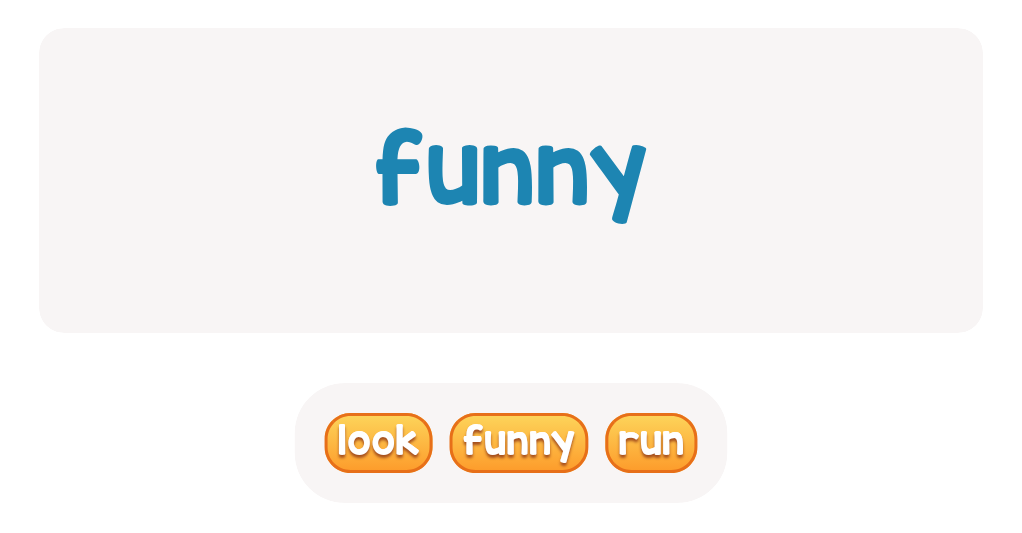
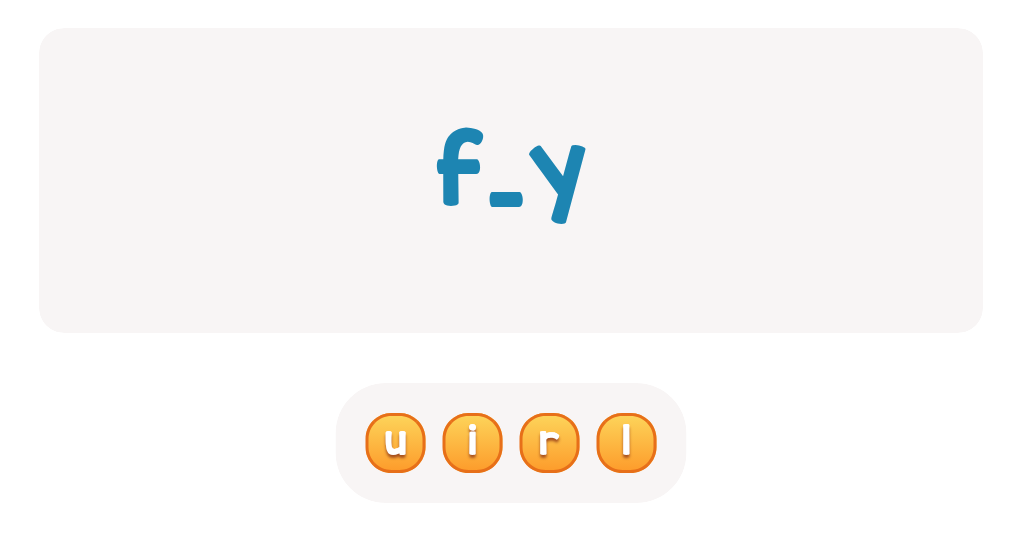






.jpg)

.jpg)









